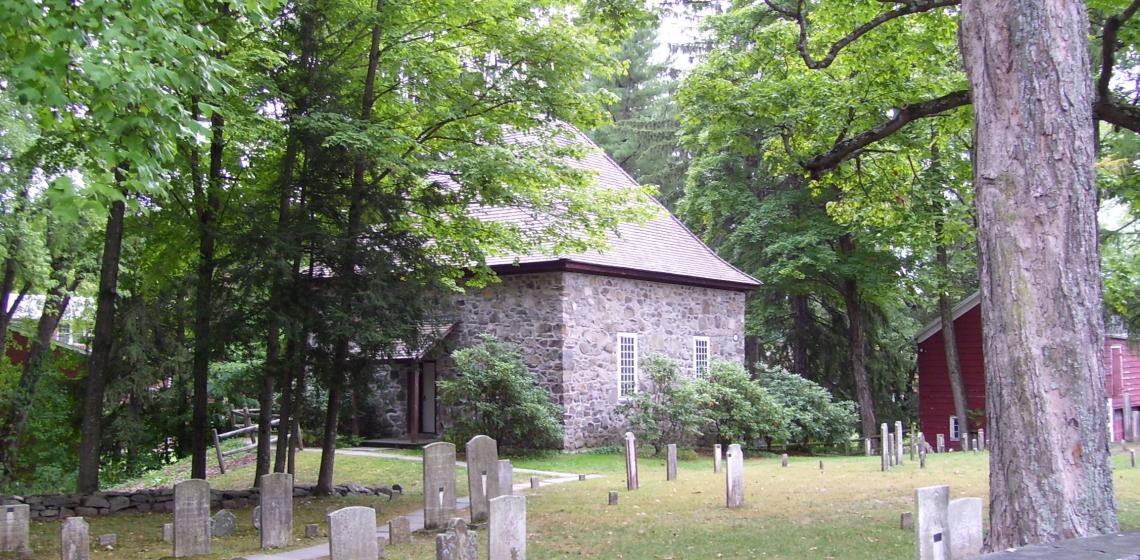Historic Huguenot Street (US)

In 1677, a group of Huguenot families established a community in the Hudson Valley of New York in the hope of creating a home where they could worship as they chose. In 1894, their descendants formed what is now Historic Huguenot Street to protect their legacy in the buildings, objects, and stories they left behind.
In 1677, a group of Huguenot families established a community in the Hudson Valley of New York in the hope of creating a home where they could worship as they chose. In 1894, their descendants formed what is now Historic Huguenot Street to protect their legacy in the buildings, objects, and stories they left behind.
It is all driven by a commitment to a central, unifying theme: identity - how it's formed and shaped by challenges and conflict, what it meant to the Huguenots and their descendants. Today a National Historic Landmark District, Historic Huguenot Street encompasses 30 buildings across 10 acres that was the heart of the original settlement, including seven stone houses that date to the early eighteenth century. Today, the 10-acre National Historic Landmark District includes a Visitor Center, seven historic stone houses, a reconstructed 1717 Huguenot church, a replica Munsee wigwam, exhibit and program spaces, archaeological sites, and a burial ground that dates to the very first settlers. Huguenot Street also maintains an extensive archive that preserves early local history collections and family papers, along with a research library.
The reconstructed church is named in honor of Antoine Crispell, one of the twelve founders or patentees of New Paltz. It was built as the result of a fundraising campaign led by the Crispell Family Association. It was completed in 1972. The 1717 church, and therefore ist 1972 reconstruction, was designed to reflect Reform thinking: the pulpit was placed in a central location, and the pews were placed so that everyone could see and hear more equally. This expressed the concept that each person had a direct relationship with God, rather than one mediated through a church hierarchy.
In 2017, a replica Munsee Native American wigwam was constructed to celebrate the 340th anniversary of the signing of the 1677 land agreement between the Munsee Esopus sachems and the Huguenot Refugees. The wigwam serves as an ongoing testament to the Munsee Esopus people who first populated this land. It was built by Native American crafts expert and museum consultant Barry Keegan on the DuBois Fort lawn and using locally sourced materials. Keegan is the former Supervisor of Native American Programs at the New York State Historical Association and Farmer’s Museum in Cooperstown, NY.
Text source: huguenotstreet.org
